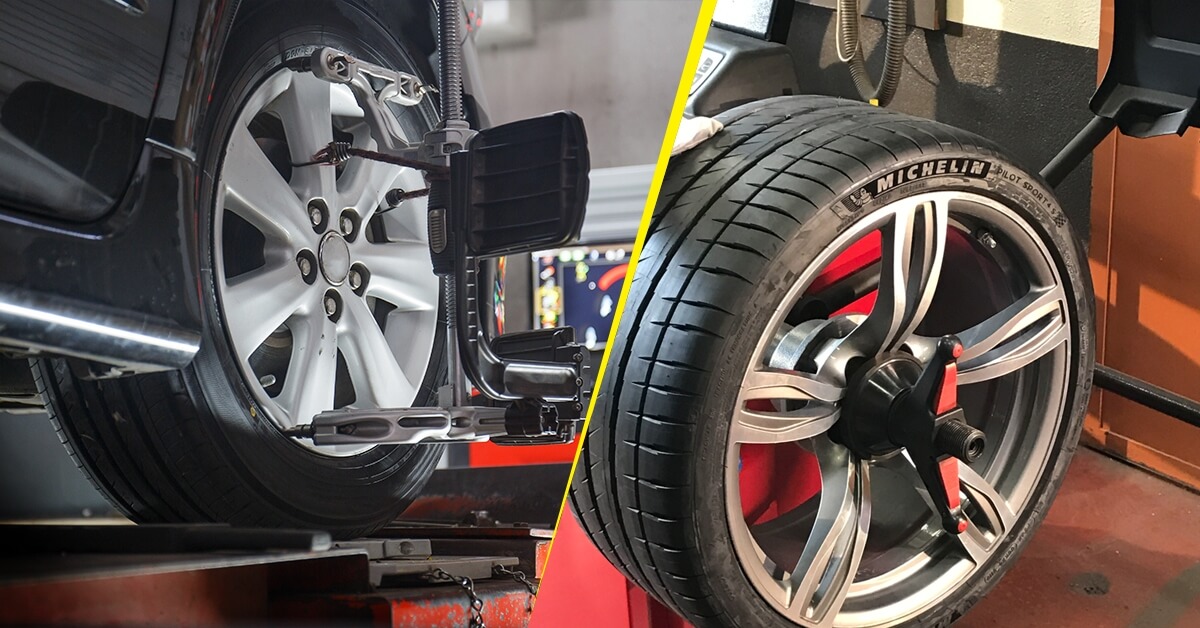
Knowing exactly when you need an alignment depends on your vehicle and how you drive.
Wheel alignment, or tire alignment, is how the tires are angled onto the vehicle, maximizing contact with the road. Tire alignments impact the suspension system, so any adjustments help to ensure a smooth ride with minimal tire wear and tear. When the wheels are out of alignment, the tires are not at the correct angles and they’re pointing in different directions. This causes uneven and accelerated tire wear. It also causes your vehicle to pull to the right or the left.
Easily correctible, a dealership service department, tire retailer, or automotive service center can straighten things out for you.
Remember that precise wheel alignment does not last for the life of your car. The potential exists for even brand-new vehicles to have a chance encounter with a curb or pothole. These impacts can cause your vehicle to fall out of alignment instantaneously. In most cases, alignment can degrade gradually and almost imperceptibly over time as components start to show wear.
What Is Involved in a Wheel Alignment?
In the past, as with body-on-frame vehicles and those having non-independent rear suspensions, front-end alignment was usually all you needed to have you on the straight and narrow again. With today’s unibody designs and multilink independent rear suspensions, four-wheel alignment is recommended to have all tires working together and tracking in the same direction.
Depending on the adjustments available on your vehicle, alignment is a procedure that involves adjusting the camber, the outward or inward tilt of the tires when viewed head-on; caster, a front or rear tilt when viewed from the side; and toe, which way your tires are pointed when viewed from above. Toe-in means they’re pointed inward, and toe-out means they’re turning away from each other.
Tire alignment services require specialized equipment and trained technicians. It requires the proper tools to diagnose, repair, replace, and properly align your vehicle. It’s not an easy fix like changing your motor oil, and it should be done by a dealership or repair shop.
While they check alignment, consult with them on wheel balancing. Vibrations can crop up from an out-of-balance tire, which in turn causes excessive tire wear. With so many components responsible for specific causes and subsequent effects, it’s a good idea to have all these exams and services performed at the same time.
Signs Your Car Needs a Wheel Alignment
Here’s how to tell if your car needs an alignment.
Drifting: Your car drifts left or right, especially when you apply the brakes.
Hard to steer: An excessive amount of steering input is required to keep you in the lane.
Shaking: The car’s steering wheel shakes.
Before you take the car in, check if your tires are deflated. Having one tire measure substantially more or less than what the owner’s manual calls for could cause the same effect of drifting left or right or vibration in the steering.
Imperfections in the road surfaces could be your vehicle’s worst enemy in keeping proper alignment. If you regularly drive on poorly maintained roads or one riddled with potholes or accidentally hit a curb or a parking bumper, you may knock your vehicle out of alignment.
What Happens If Your Tires Aren’t Aligned
A vehicle that is out of alignment can result in excessive tire wear. You’ll start to notice the steering takes a different direction than intended. Also, a constant scuff works against normal tread wear. You’ll notice the tire tread disappearing prematurely and unevenly across the tire’s surface.
This also can cause a loss of traction, especially in wet conditions. Uneven tire wear, if ignored, can also contribute to premature tire failure or a blowout.
How Often Do I Need an Alignment?
Knowing exactly when you need an alignment depends on your vehicle and how you drive. We recommend you get an alignment check whenever you rotate your tires, about every six months or 6,000 miles, whichever comes first. Check your car manual to find your vehicle’s tire rotation interval. Either way, don’t let your vehicle drive more than 10,000 miles without a service and repair technician examining the alignment.
If your vehicle tracks straight on the highway, it will most likely be in proper alignment. If it veers left or right, that’s a clear sign it’s time for a checkup.
The other time you should absolutely have your tires aligned is when you replace them. Properly balanced and aligned when placed on your vehicle will ensure they wear evenly from the start. Placing new tires on an improperly-aligned vehicle will cost you more in the long run because your new tires will continue to wear like the previous set.

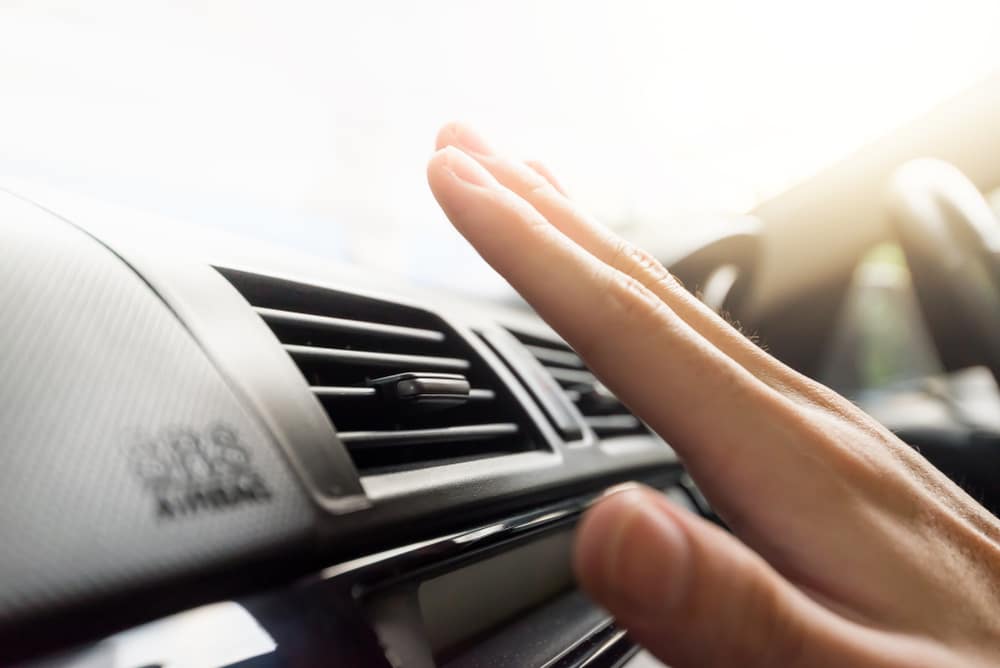
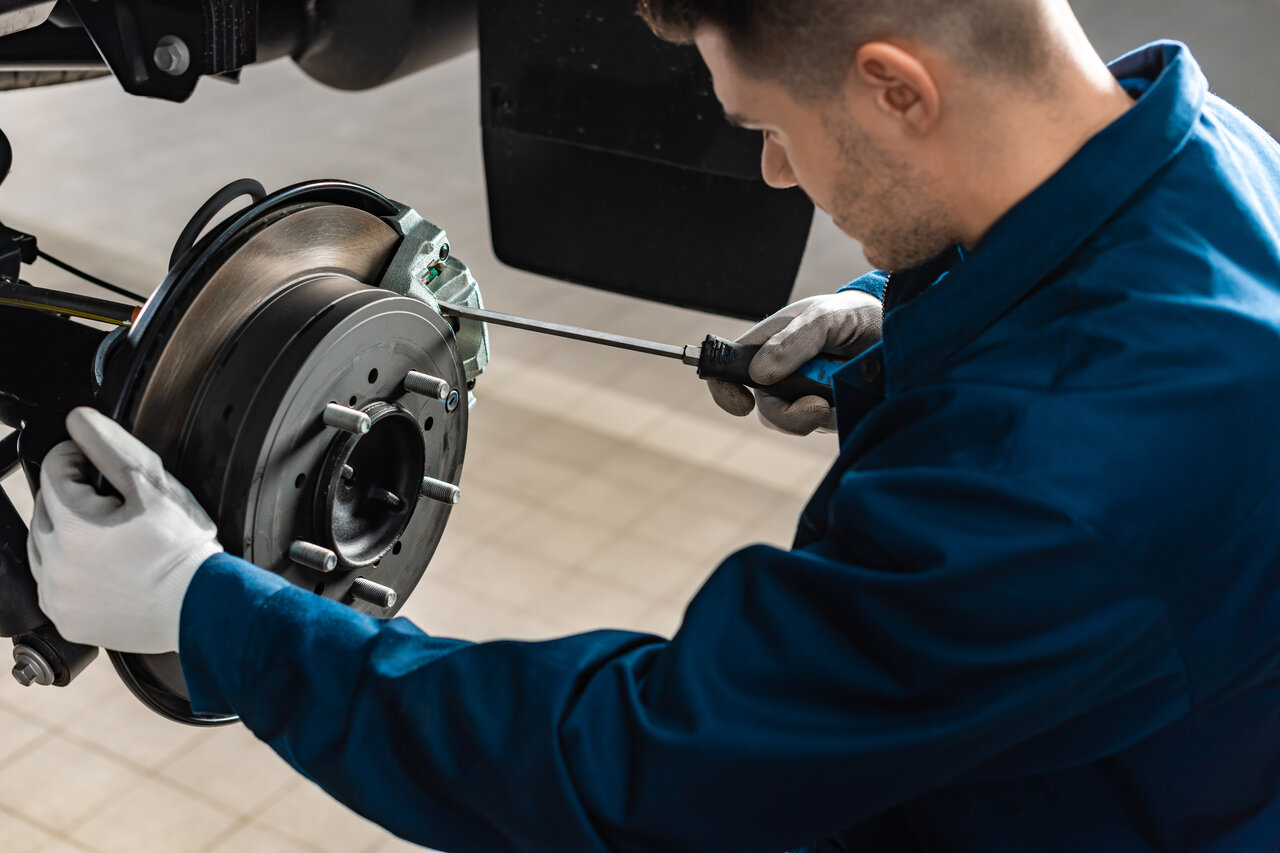
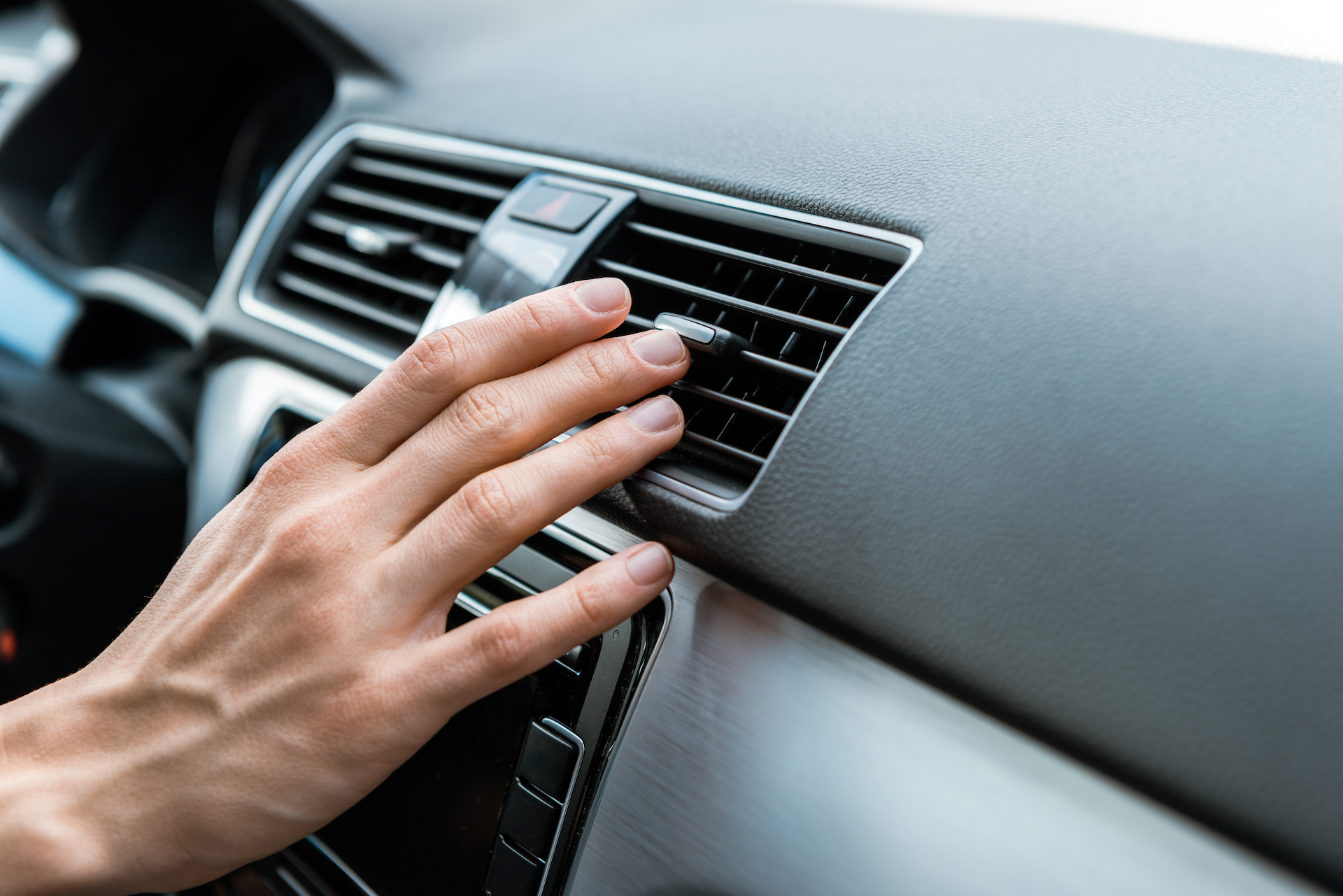
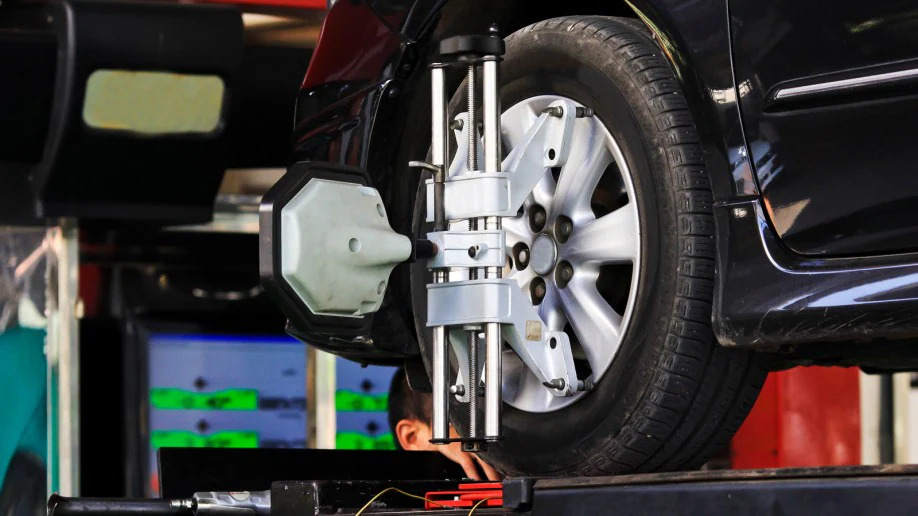
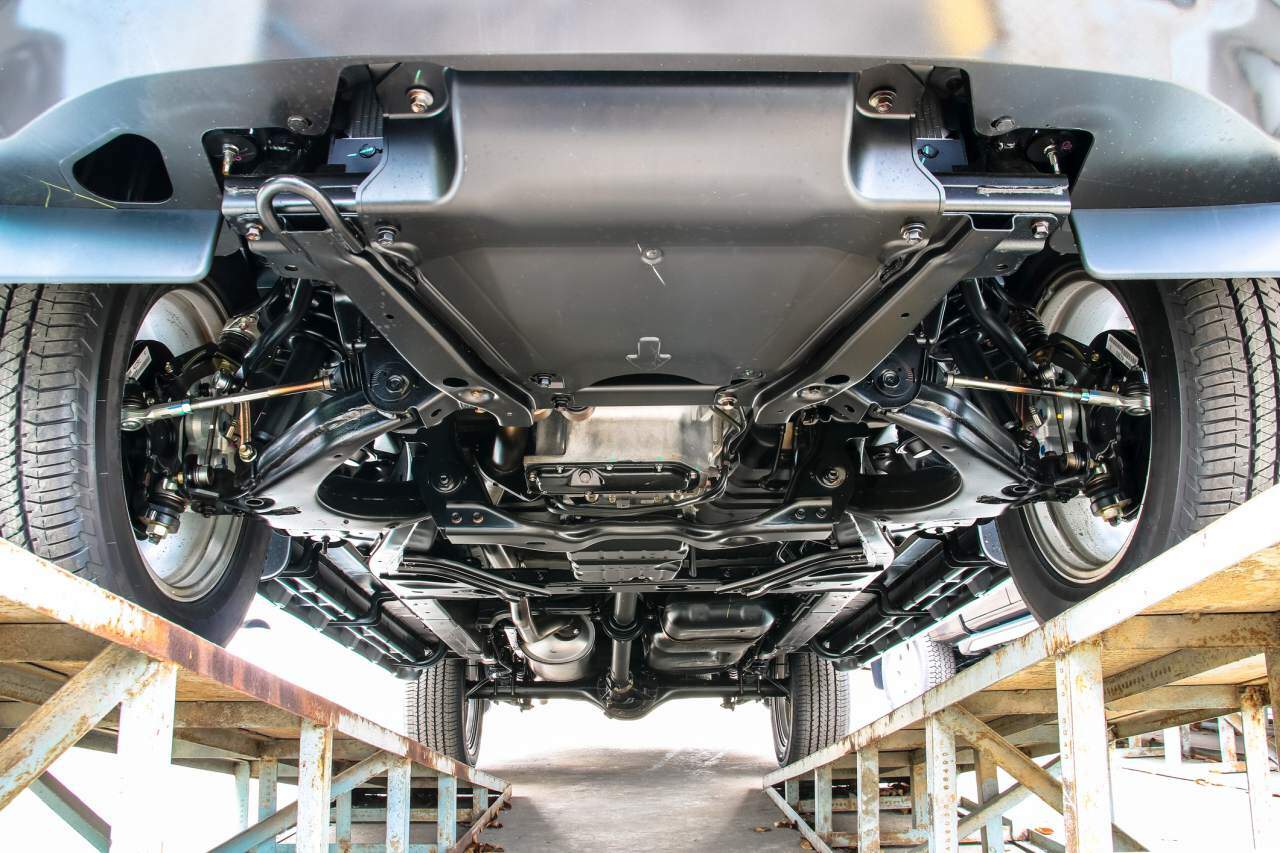
comments 0